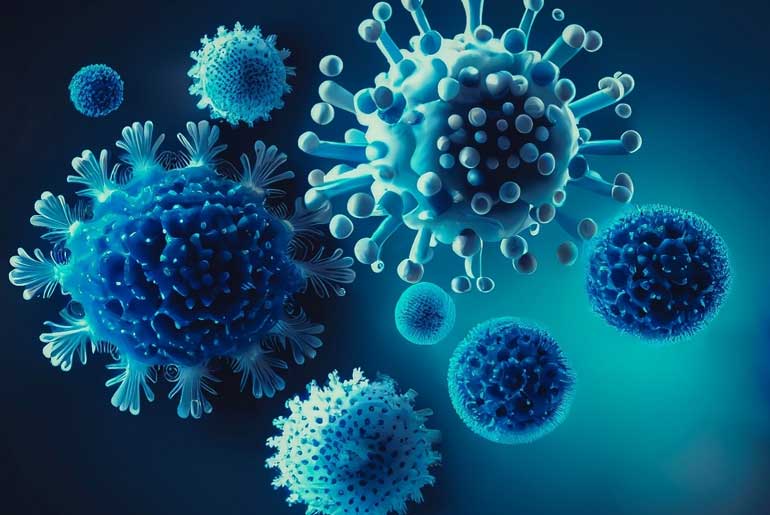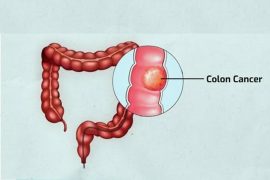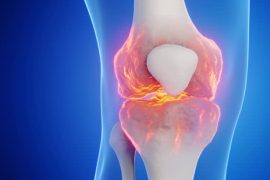The recurrent outbreaks of Nipah virus in India, especially in Kerala, are concerning given the virus’s high fatality rate and potential for widespread transmission. The recent death of the 14-year-old boy underscores the urgency of addressing this issue. Nipah virus, transmitted primarily by fruit bats but also through pigs and contaminated surfaces, poses a significant threat due to its severe health implications, including encephalitis and potential death.
Kerala’s proactive measures to contain the outbreak are crucial. Identifying and monitoring high-risk individuals is an important step, but ongoing vigilance and rapid response are necessary to prevent further spread. Given that Nipah is classified as a priority pathogen by the World Health Organization, it highlights the need for robust public health strategies and international collaboration to manage and mitigate the risks associated with this virus.
Transmission:
Nipah virus is primarily found in fruit bats (Pteropodidae), which are larger than vampire bats and use their vision rather than echolocation to navigate. The precise transmission mechanism from fruit bats to other animals like pigs and cattle, and subsequently to humans, is not fully understood. However, contact with contaminated saliva or urine from infected fruit bats is suspected to be a significant factor.
In the 2018 Kerala outbreak, contamination of a drinking water source by dead fruit bats was likely the cause. The infected bats were discovered in a well at the home of a family where many members initially fell ill, and the infection later spread to their acquaintances, highlighting the potential for environmental contamination to drive outbreaks.
Nipah virus is dangerous:
The Nipah virus is particularly dangerous due to its aggressive impact on the brain and its high mortality rate. The virus typically incubates for five days to two weeks, with initial symptoms resembling flu-like conditions such as fever, nausea, and severe headache. Some patients may also experience respiratory issues. As the disease progresses, it can cause severe neurological symptoms like disorientation, dizziness, and confusion, potentially leading to coma and death within one to two days. The high mortality rate of 70% underscores the virus’s severity and the critical need for prompt medical attention and intervention.
No Cure for Nipah Virus:
There is no vaccine or specific medication available for the Nipah virus, either for animals or humans. Treatment primarily focuses on supportive care to manage symptoms and maintain vital body functions. Patients are typically isolated and admitted to an intensive care unit (ICU) for close monitoring and treatment of complications. Additionally, to prevent further spread of the disease, contacts and suspected cases must be quarantined. Managing and containing outbreaks involve rigorous infection control measures and supportive care to improve patient outcomes.
Nipah virus come from:
The Nipah virus was first identified in 1998 in the Malaysian village of Sungai Nipah. The initial outbreak involved febrile encephalitis (an inflammation of the brain) and, in some cases, severe respiratory infections, affecting 229 people. The infection was first observed in men working in slaughterhouses, which led to the realization that the virus could be transmitted from animals to humans. The virus is known to be zoonotic, meaning it can spread from animals, particularly fruit bats and pigs, to humans, and human-to-human transmission can also occur.
Around the same period as the initial Nipah virus outbreak in Malaysia, a separate, milder respiratory infection caused by an unidentified pathogen was noted in pigs. It was later determined that both the infected workers and pigs had been exposed to the same virus. In response, Malaysia undertook a drastic measure by culling over 1 million pigs, which constituted half of the country’s pig population, to control the outbreak. Since then, Nipah virus cases have been reported in Bangladesh in 2001 and 2003, and in Kerala, India, in 2018, 2021, and 2023.
Disclaimer:
The information contained in this article is for educational and informational purposes only and is not intended as a health advice. We would ask you to consult a qualified professional or medical expert to gain additional knowledge before you choose to consume any product or perform any exercise.








